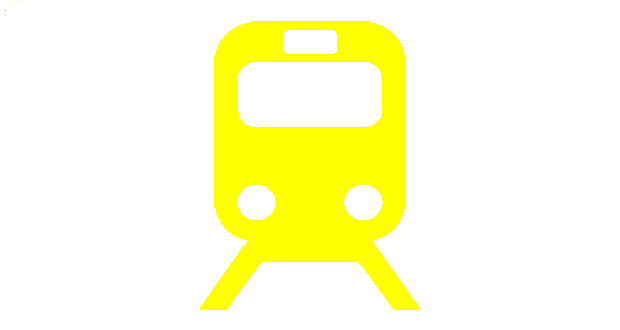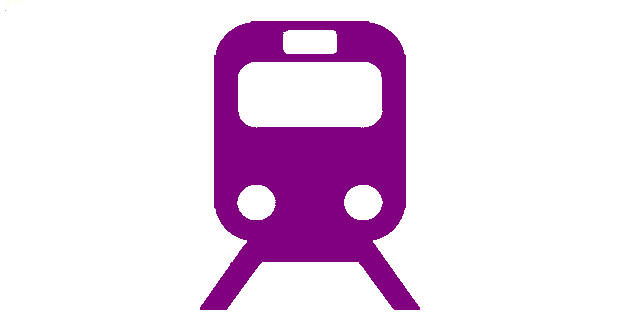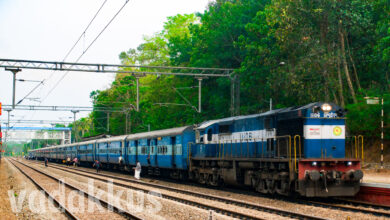Four Lines – A Rail Rapid Transit System for Kerala
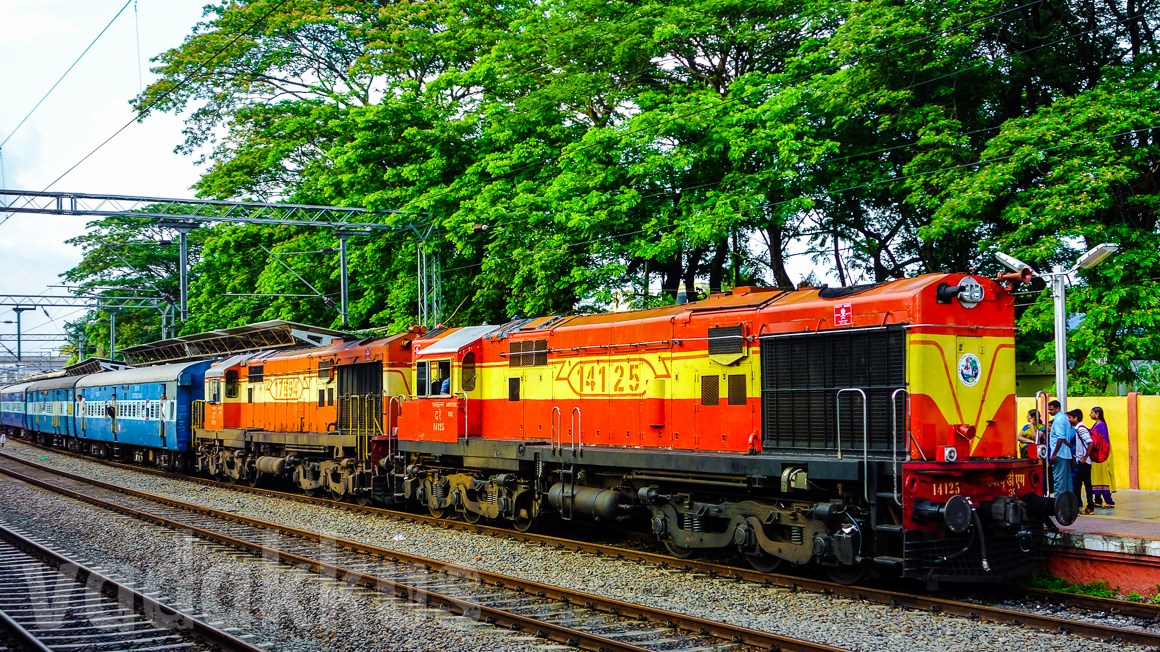
Kerala has 1050 km of railway route line. The main trunk line on Kerala’s railway map runs from up its northern extreme straight down to its southern tip. This line is fully doubled and electrified, except for a set of 100-km and 32-km portions somewhere down the middle. Now, as we have seen, the state’s railway operations are in a shambles. More often than not, this bottleneck is accused to be the reason for this, and it is thought that everything will be solved and trains will run smoothly and seamlessly once the doubling of this line is fully complete. Again, as we have seen before, this is a very common fallacy. Trains in Kerala will continue to run as slow and late as they do now even after all the railway lines in the state are fully doubled. The double line would remove only one of the many problems plaguing railway operations in the state (crossings) while all other problems hampering the speed and operations of trains in the state will continue to exist. These include line saturation, track quality, signalling, rake quality, station capacity and so on. However, at the core of all railway operational problems in the state lies a very basic flaw. This flaw is in how railway operations in Kerala and in extension, the entire country, is structured.
This problem of “the flaw” we are dealing with in this chapter, though talks about only Kerala, is a pan-India phenomenon. This flaw is mostly the reason behind all the shortcomigs of Indian Railway operations. It is also the reason behind reserved coaches of long-distance trains are besieged by day commuters among others.
Kerala is notorious for even prestigious long-distance trains having to stop at every other station in the state. For instance, the mighty Kerala Express stops 15 times in some 350 km it runs in Kerala. Average speeds of trains hover around 40 kph. Various passenger associations and people’s representatives still keep demanding more stoppages, no matter what Rajdhani it may bes (it stops 7 times in under 600 km in Kerala!). In addition, a very peculiar situation exists in Kerala especially in the Thiruvananthapuram division. Local passenger trains are given precedence over most or all express trains including superfasts and Jan Shatabdis, sometimes even over the lone Rajdhani, as a matter of policy. Express trains are only rarely allowed to overtake passenger trains, and even if they do, a passenger train may never be overtaken more than once during it’s run (on the other hand, expresses overtake other expresses regularly). This is because of people travelling in local passenger trains get quite angry if express trains overtake them, to put it mildly. Express trains hence end up trailing passenger trains stop-by-stop and are always made to wait for passenger trains for crossings. The result is delays. But does all this happen?
The Fault in our Railway Operations Stars
All these are again the symptoms of “The Flaw” we were talking about earlier. Commuting patterns in Kerala are unlike elsewhere in the country. The land reform acts and general high levels of prosperity have ensured continuous settlements of small-plot single-family homes throughout the state. It is pretty evenly densely populated with cities and towns and villages seamlessly merging into each other. Kerala can be thought of more as a 600-km long continuous urban agglomeration rather than a collection of detached population-centre islands. The transportation needs of the state are hence similar to that of a sprawling urban area. People want a rail transit system of reliable, fast and frequent short to medium distance commuter trains with unreserved seating accommodation between local stations (like Mumbai). What the Indian Railways offers instead is its model of slow, cross-country crawlers with mainly reserved sleeping accommodation, running on ambiguous timetables. And this is the flaw we were talking about. Passengers in the state overwhelmingly travel short-to-medium short distances between smaller towns and cities: from Aluva to Varkala, from Kazhakuttam to Kottayam, from Chenagnnur to Chalakudi, from Shoranur to Tirur, from Thalasseri to Kozhikode, from Palakkad to Ernakulam. A weekly train from Gandhidham to Nagercoil or from Indore to Kochuveli does no good for a vast majority of the people. In the absence of a suburban system, these large numbers of regional passengers force stoppages for long distance trains at every other station, making them double up as commuter trains, slowing them down and depriving reserved passengers of their seats. Indeed, this is the case all over India, but this is especially severe in Kerala.
The real, core, long-term solution to most railway problems in Kerala is to run commuter/rapid transit/suburban railway services throughout the state, as is the norm throughout the world in places with such high poulation densities. This system would see trains running (slow and fast services) end-to-end in the state stopping at all or most stations. This 600+km system will obviously not be a metro system, not actually suburban since its will not explicitly serve city suburbs and not an intercity system since it is not meant to connect cities and towns alone, but a kind of hybrid suburban-intercity rapid mass transit system. The closest examples would be the S-Bahn systems seen in Germany, Switzerland and Austria, similarly France’s RER or New York’s MTA Metro North, or various Japanese intercity systems. In more real-world terms, they will be a Parasuram Express or Ernad Express running every five or six minutes either side using advanced high-acceleration EMU trainsets on automatically signalled tracks. Most will stop at almost every station enroute and long distance ones will run express stopping at all stations in some sections at non-stop in some others. This system will replace all existing passenger and MEMU services. Long distance trains can have their stoppages at smaller stations removed and speeded up. Such a system has been the dream and made to order for a region with high-density transportation requirements like Kerala. However, introducing such a system is easier said than done.
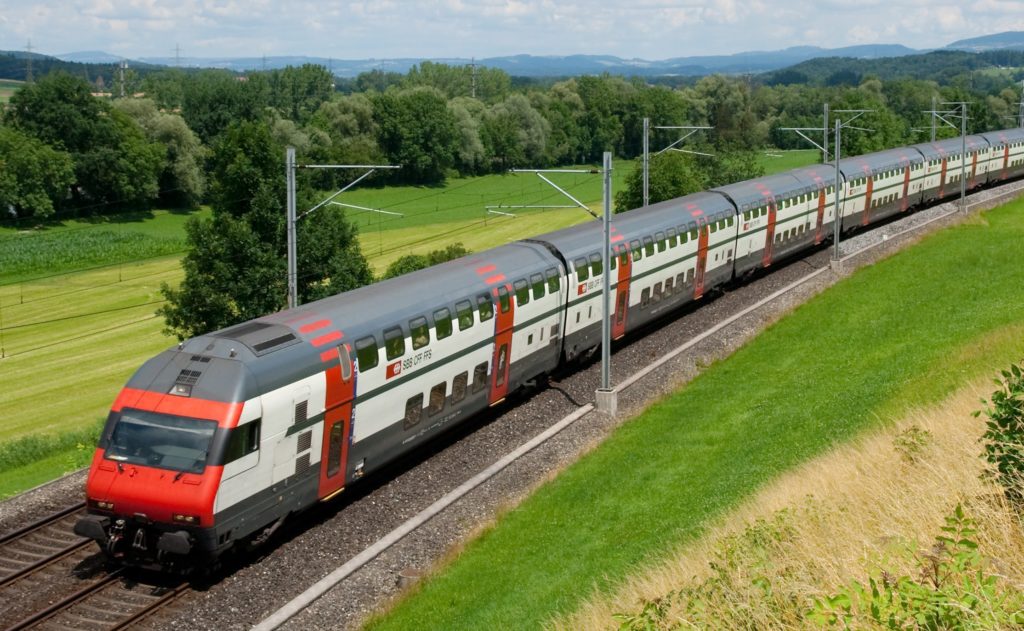
The Quadrupling (Four-Laning) of Kerala’s Railway Lines
In 2013, the then-state government, actually recognised that only a commuter railway system could solve the travel problems in the state. The result was a Rs.3000 crore-plan for a Rapid Rail Transit System (RRTS) between Thiruvananthapuram and Chengannur and Haripad (the then maximum extends of doubled line). Fully AC EMUs were envisaged to run every five to ten minutes either side by upgrading signalling and tracks, eliminating some level crossings and improving platforms. Unsurprisingly the plan was rejected by the railway ministry. There could possibly have been a political angle to this, but the whole idea was impractical or even impossible to implement to begin with given how saturated the tracks in the state are.
Introducing a fully-fledged commuter railway system is impossible in Kerala under the present circumstances. Yes, even if the tracks were to be fully doubled. The existing line is terribly saturated with a train already running once every ten minutes on average. By the time a train picks up speed, it will encounter another train on its path ahead and has to slow down or stop. This has resulted in the situation we encountered above, where the Chennai-Trivandrum Superfast crawls behind the Trivandrum-Kollam passenger for 60 kilometres every morning. In addition to ill-maintained tracks, this is the main reason why trains in Kerala have such low average speeds. For instance, the Ernakulam-Shoranur (double) line runs at more than 100% saturation seeing one train of all types (including freights) every 10-15 min on average. On a Saturday morning at around 0830 there are 9 trains on the Kollam-Trivandrum line with 8 block sections (and two intermediate blocks). Running commuter trains that typically stop at most or all stations enroute and long-distance trains that stop only at bigger stations on the same line will only ensure that the latter get stuck behind the former as we see today. Yeah, the double line has gotten to be not enough anymore. This is why they couldn’t run the RRTS system back then. Automatic signalling, improving track layouts, speeds and so on can mitigate problems in the short run, but the scientific way is to grade-separate and segregate long and short distance traffic so that they don’t interfere with each others’ running.
All over the world, short distance (commuter/suburban) and long-distance (inter-city/cross-country) services on mainline tracks (we are not considering Metro or urban/intra-city rail services here) are grade-separated into two different systems that run without interfering with each other. They have their own separate tracks, operating rules, signalling, stoppages, equipment and in many cases, operators. This is because they both run quite different services with different objectives, operations and systems, catering to different classes of passengers. This is the scientific way to run railway services to ensure all classes of passengers are serviced equally and efficiently. We all know what happens when a slow, overloaded truck decides to stay put in the fast lane, as we see everywhere in our country. Kerala’s railway tracks are that lane.
To run fast frequency commuter services in Kerala they need to be given their own tracks like in Mumbai. Yes, this means building two more tracks along with the existing double line. This quadrupling or four-laning of Kerala’s railway lines would not just help run the commuter trains but will help increase speeds of express trains by around 40% as well! Anyway, for this to happen, around 600 kilometres of new double tracked railway line needs to be created, along with expanded facilities in stations and terminals and automatic signalling and elimination of level crossings throughout, an enormous challenge, but the only way forward. For a long time it was believed that an electrified double line was all that the state needed for smooth railway operations, but after the RRTS debacle the government and railway administration were forced to consider otherwise. However, it was the fantasy of the “Kerala High Speed Railway” that ultimately turned into the concept of building a “third and fourth” line for all of the length of the state. The good news is that this is now a project (the only one) being considered by the KRDCL. We are now at a discussion on how the line will be constructed. There are three methods currently being considered. This system should not be owned or operated by Southern Railway, but under an independent, government owned entity. It could even have a name – Four Lines.
Route 1: Lay two additional lines alongside the existing line
This is the most obvious option. Directly double the existing double line to create a quadruple line by laying another two tracks next the existing tracks, as it is done in the Indian tradition. The outer pair of tracks can be used to run commuter services while the inner pair will cater to long-distance, express and freight trains. All stations en route would be needed to be expanded to have atleast four platforms, specifically serving commuter or long distance services. Though this would seem like the obvious solution in the long run it actually will create more problems than it solves. The new tracks will mirror the existing line and hence will replicate all the curves and gradients and level crossings and bridges and culverts, inheriting all its shortcomings such as unstable terrain, maintenance problems and speed restrictions and all, especially in the Trivandrum division, eventually solving nothing. In many places, land acquisition for such a plan would be near to impossible. Fully doubling 1050 km of total route kilometers by conventional means could take us well into the next century.
Route 2: An entirely new double-line on roughly the same existing route
This would seem to be the more complicated prion but is actually not, though it could be the more expensive one. Here, the third and fourth lines will be an entirely new stretch of double tracked railway line from Thiruvananthapuram to Kasargod whose alignment will roughly follow the route of the existing line (via Kottayam). To lessen land acquisition and other associated problems of building a railway line in Kerala (as oppose to building an airport), this line will be mostly elevated or underground, over or alongside the existing line or though unpopulated regions. There will be no level crossings. This line will be designed and built as a semi-high speed (SHSR) line for 160-180 kph operations. It will act as a technologically advanced corridor running EMU trainsets at scheduled intervals just like a commuter railway but at much higher speeds. The existing line will be strengthened to allow better operations. Stations will be two-tiered, serving all four tracks at the same location. The estimated travel time between the capital and the state’s northernmost town is estimated to be around four and a half hours! Yes, by running commuter trains. Trivandrum – Ernakulam 1.5 hours, anyone? 🙂
Route 3: Alignment follows that of the proposed Kerala High Speed Railway
The third proposal is to construct the third and fourth lines according to the plan, specifications and alignment as t was finalised for the Kerala High Speed Railway (sigh) the DMRC. This track will also be constructed as a Semi-High Speed line but away from the present line though still passing through most of the current towns. Stations will be completely new and built at new locations. However, this would not be a feasible option because it would entail enormous land acquisition and construction costs, especially since it involves building all-new station complexes. Two railway stations in the same town would only end up adding another layer of complexities not in the least being the inability to switch between trains. If we are going to build a completely new non-HSR line, it should be through areas not currently covered by railway. The Sabari rail is maybe a good way to start.
The second option is the one where the money should go. It minimises complications arising through land acquisition, the new line can support higher speeds while avoiding all issues with the old one and also utilises existing station space for smooth interchange.
The caveat of course, is navigating the political minefield that is land acquisition for railway projects in the state, not to mention the heavy investments in the form of land acquisition, automatic signalling and elimination of level crossings. We already know the sordid story of the doubling of the 118 km KYJ-KTYM-ERS line. Everything would’ve been much easier if people just realised how their lives would drastically change for the better if they had access to fast and efficient mass transportation. Recently Southern Railway decided to reroute a number of long-distance trains to bypass Shoranur Jn. However, local people seem to be up in arms against this move because it will affect their local transportation. Instead, if they were to agitate to improve infrastructure to ultimately lead to the establishment of commuter services, they would’ve been doing themselves a giant favour. But alas. A smooth, and seamless means of fast mass transportation is the backbone and foundation of any great and prosperous state, society and people. This one project could alone help Kerala achieve this.


